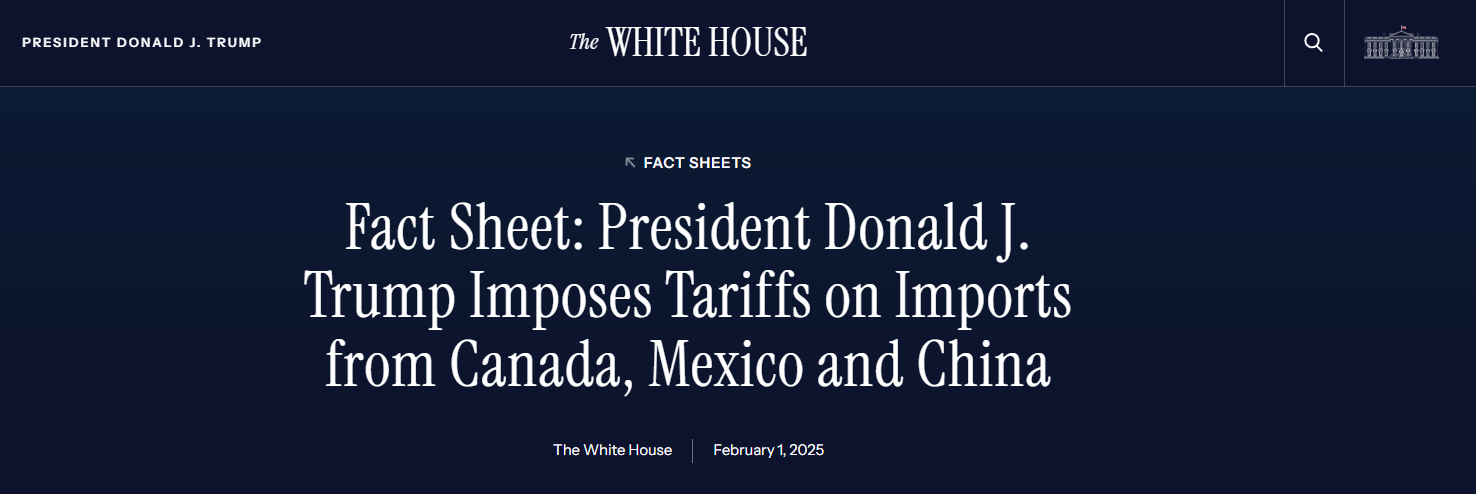
Trump tariffs reshaped global trade. Learn how Trump’s tariff strategy impacted markets, US-China relations, and what’s next in 2025. His aggressive use of tariffs on China, Europe, and other key trading partners reshaped global trade dynamics.
Trump tariffs have significantly impacted global trade, reshaping economic relations between the US, China, and other key partners.
But is Trump’s tariff war just about protecting American industries, or is it a negotiation tool in a larger economic strategy?
Let’s break it down.
📌 1️⃣ What Is Trump’s Tariff Policy?
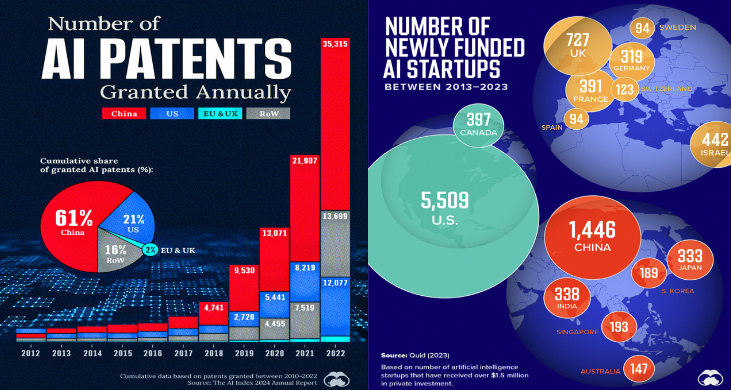
🔹 Key Tariff Actions by Trump (2018-2020)
✅ China Tariffs – Imposed tariffs on $360 billion worth of Chinese goods as part of the US-China trade war.
✅ Steel & Aluminum Tariffs – Placed 25% tariffs on steel and 10% on aluminum from key allies (EU, Canada, Mexico).
✅ Auto Tariffs (Proposed) – Threatened tariffs on European and Japanese cars, citing national security concerns.
✅ Retaliation & Trade Wars – Many countries imposed counter-tariffs on US exports, leading to economic uncertainty.
📌 Goal: Trump claimed tariffs were necessary to reduce trade deficits, bring back manufacturing jobs, and protect US industries from unfair competition.
🚀 Impact: While tariffs helped some US industries, they also increased costs for American businesses and consumers.
According to CNBC, Trump tariffs have significantly impacted US-China trade and global supply chains.
📌 2️⃣ Did Trump’s Tariffs Work? Winners & Losers
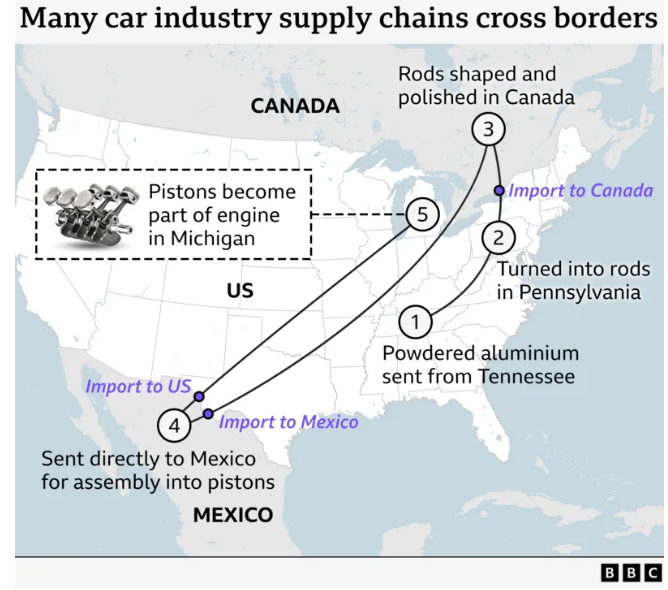
The impact of Trump tariffs on US industries has been mixed, benefiting some while hurting others.
✅ Winners
🔹 US Steel & Aluminum Industry – Benefited from reduced foreign competition.
🔹 Domestic Manufacturing (Some Sectors) – Certain industries saw temporary gains in production.
🔹 Trade Negotiation Leverage – Tariffs gave the US more bargaining power in trade deals.
❌ Losers
🔸 US Farmers – China’s counter-tariffs hurt US agricultural exports (soybeans, pork).
🔸 Retail & Consumers – Higher costs on imported goods (electronics, clothing, auto parts).
🔸 US Businesses – Companies relying on global supply chains faced higher production costs.
📌 Bottom Line: Tariffs created short-term gains for some industries but long-term economic risks due to trade wars.
📌 3️⃣ Was Trump’s Tariff War Really About Negotiation?
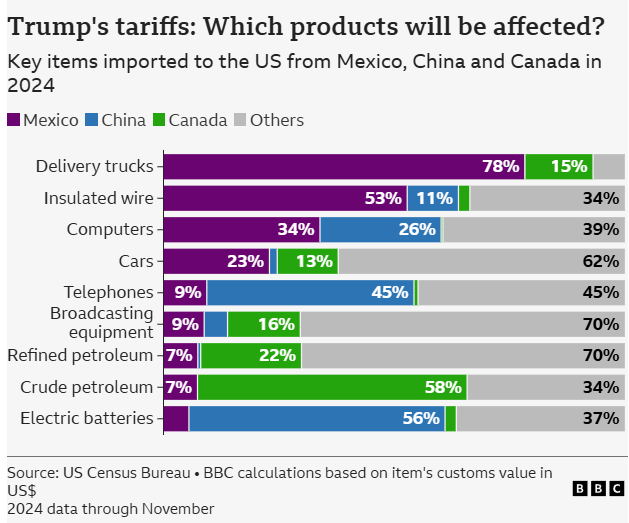
📌 Some economists argue Trump’s tariffs were never about long-term protectionism but rather a negotiation tool to force better trade deals.
Trump tariffs are widely seen as a tool for economic negotiation, particularly with China.
🔹 Tariffs as a Bargaining Chip
✅ US-China Phase One Trade Deal (2020) – Trump used tariffs to pressure China into agreeing to buy more US agricultural goods.
✅ USMCA (NAFTA 2.0) Agreement – Tariffs on Mexico & Canada were used as leverage to negotiate a new trade deal.
✅ EU Trade Concessions – Europe agreed to increase soybean imports from the US to avoid auto tariffs.
📌 Trump’s Strategy: “Hit them with tariffs, then make a deal.” 💰📈
🚀 Conclusion: Trump used tariffs not just as an economic weapon but as a negotiation strategy to force better trade terms.
📌 4️⃣ What Happens If Trump Wins in 2025?
If Trump returns to the White House, his tariff strategy could intensify.
🔹 Possible Future Tariff Policies Under Trump
🔹 100% Tariff on Chinese Goods? → Trump has suggested a major tariff hike on all Chinese imports.
🔹 Tariffs on European & Mexican Cars? → Could disrupt global auto supply chains.
🔹 More Trade Wars? → Countries may retaliate with counter-tariffs on US exports.
📌 Investor Alert: A return to Trump-era tariffs could impact global markets, supply chains, and inflation.
📌 Conclusion – Are Tariffs a Good Economic Policy or Just a Negotiation Tool?
🔹 Trump’s tariff strategy reshaped global trade, but it also caused market volatility.
🔹 Short-term benefits for US industries, but long-term costs for consumers & businesses.
🔹 Used tariffs as a “bargaining chip” to pressure trading partners into better deals.
🔹 If Trump wins in 2024, expect more aggressive trade policies that could reshape the global economy again.
💡 What do you think? Are tariffs a smart strategy or a risk to the economy? Let us know in the comments!
📢Want to learn more about global trade policies? Check out our guide on China’s AI Expansion & US Rivalry
📢 Read more on our blog: Market Insights
📢 Read more about tariff on Taxfoundation

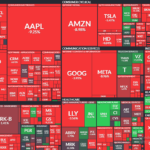



Leave a Reply